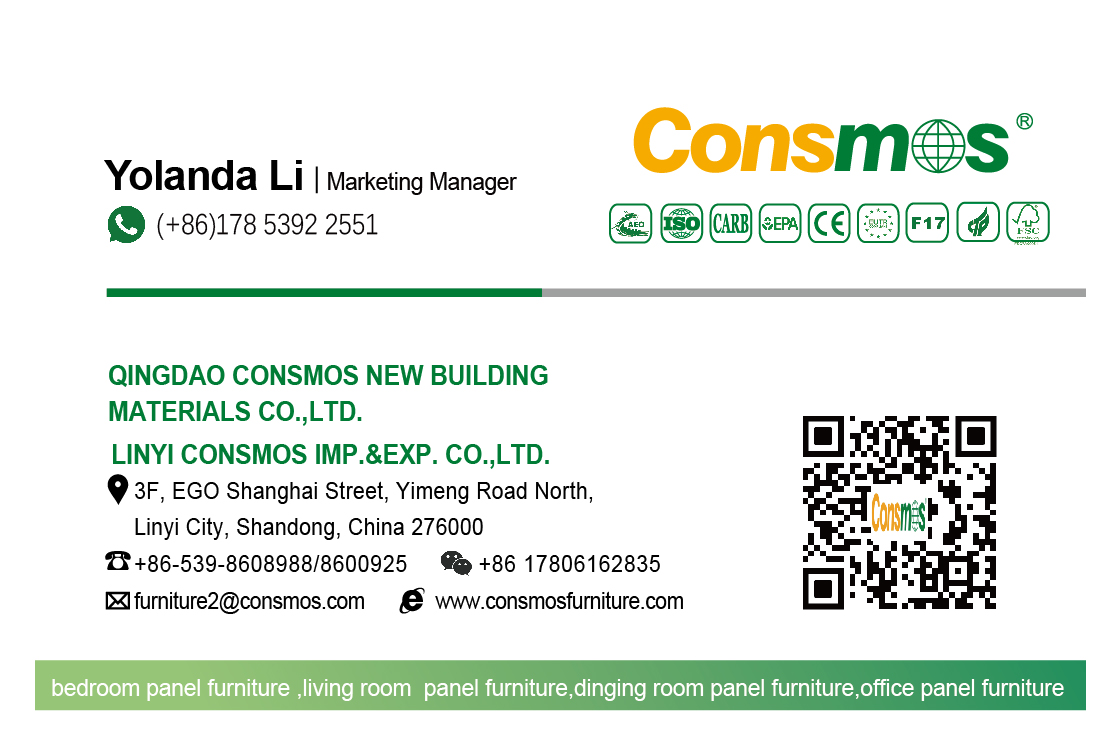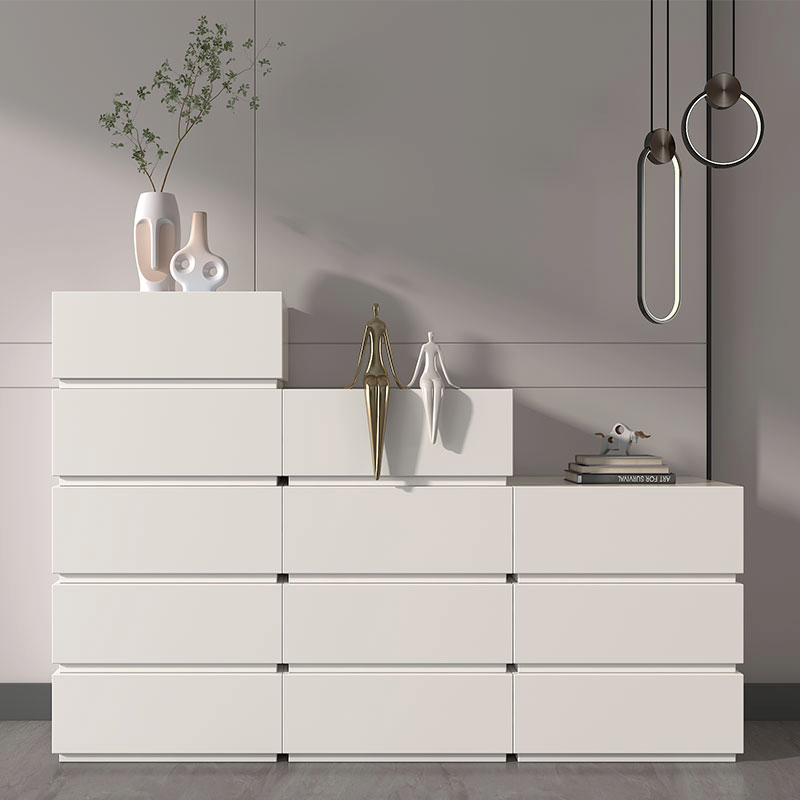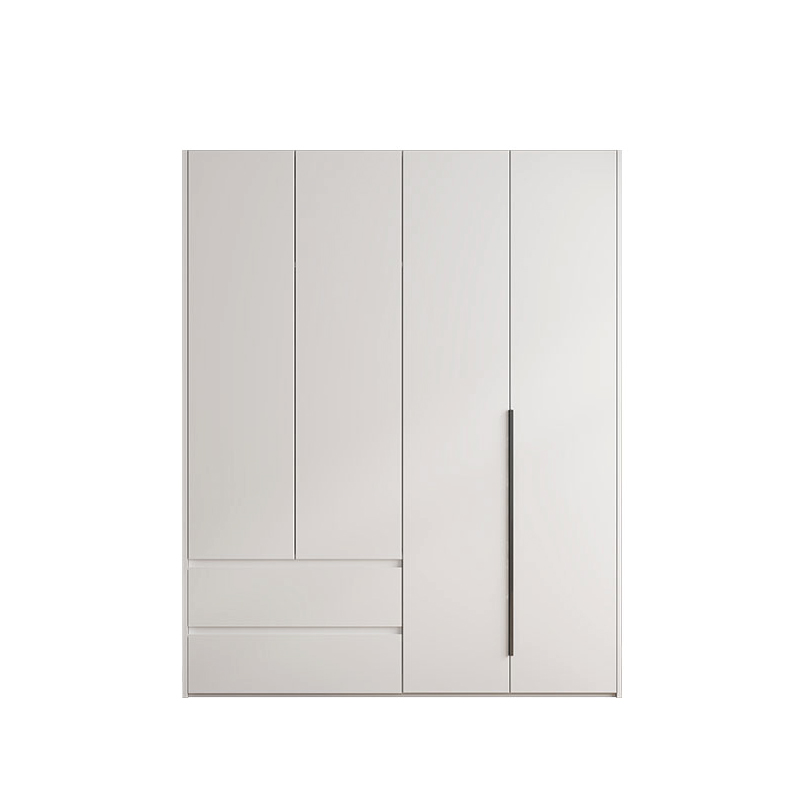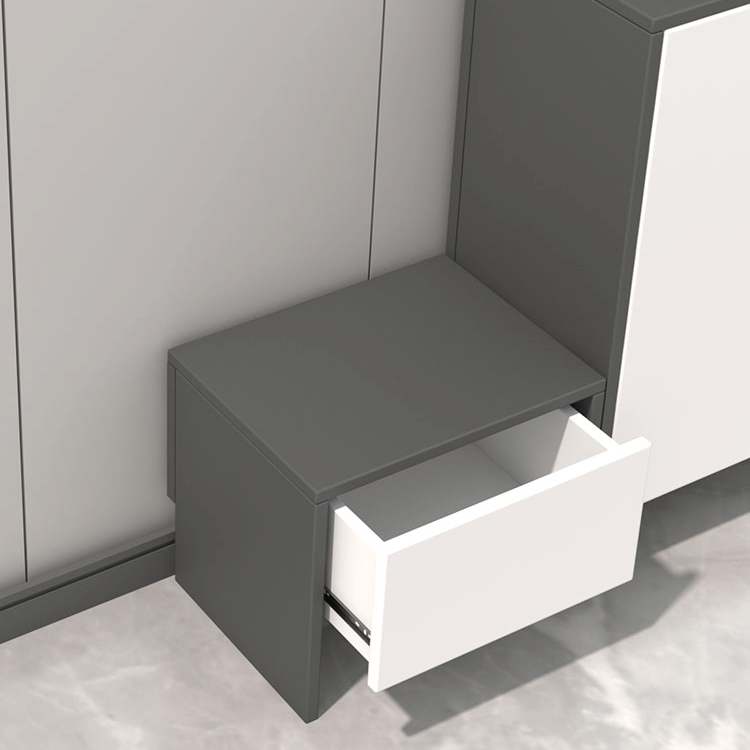Five-Step Strategy for Kitchen Cabinet Cleaning
Material-Specific Care:
Countertops come in materials like artificial stone, fireproof board, stainless steel, natural stone, and solid wood, each requiring tailored cleaning methods:
- Artificial stone & stainless steel: Avoid hard scouring pads, steel wool, or chemical agents. Use soft towels/soft scouring pads with water or a polish to prevent scratches or corrosion.
- Fireproof board: Clean with household detergents using a nylon brush/ball, then wipe with a warm, damp cloth.
- Natural stone: Use soft scouring pads; avoid toluene-based cleaners to prevent stubborn white spots.
- Solid wood: Dust first with a duster, then wipe with a dry cloth or specialized wood 保养乳液 (wood maintenance lotion). Never use wet cloths or oily cleaners.
General Maintenance Tips:
- Protect all materials from high heat—use pot stands for hot cookware.
- Avoid scratches from sharp objects; always use a cutting board.
- Prevent chemical erosion: Wipe up spills (e.g., salt on stainless steel, water on 人造板材 (artificial panels)) promptly.
Material-Specific Care:
Door panel materials resemble countertops, so follow similar guidelines:
- Avoid soluble cleaners on painted panels; never use benzene/resin-based solvents.
Practical Tips:
- Prevent water damage: Wipe off spills immediately to avoid warping from prolonged moisture.
- Tighten loose hinges/handles promptly; use furniture wax for solid wood panels.
Sink & Drain Care:
- Clean the pipe neck behind the sink filter during every sink wash to prevent oil buildup.
- For stubborn grease, pour kitchen degreaser, flush with hot water, then cold water.
Storage & Care:
- Store heavy items (e.g., spice jars, glassware) in lower cabinets (upper cabinets have lower load capacity).
- Dry dishes thoroughly before storage; wipe hardware with dry cloths to avoid water marks.
- Use a fine mesh filter in the sink to catch food scraps and prevent clogs.
Hardware Types:
Includes rice bins, metal baskets, hinges, slides, etc., mostly made of stainless steel or steel with plating/powder coating.
Maintenance Guidelines:
- Wipe up spilled salt/sugar/soy sauce/vinegar instantly.
- Oil hinges regularly to prevent rust and ensure smooth opening/closing.
- Open/close drawers gently to avoid track detachment; follow the recommended direction for rotating/lifting baskets (e.g., 高升蓝 (tall pull-out baskets), 转蓝 (rotating baskets)).
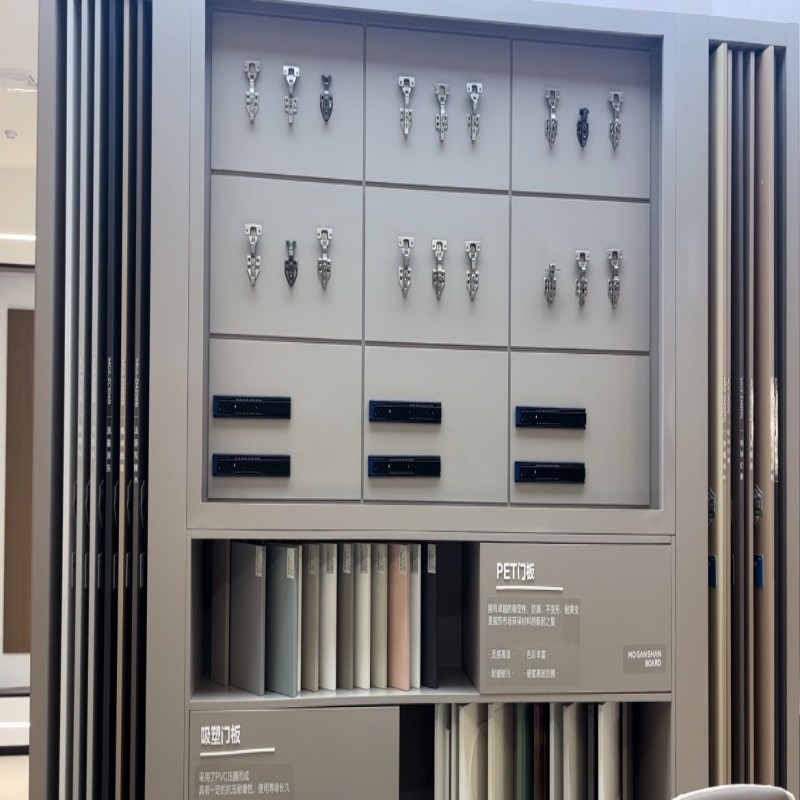
Stainless Steel Sinks:
Use soft towels/soft scouring pads with neutral detergents—never hard scouring pads, steel wool, or chemical cleaners to avoid scratches/corrosion.
Other Materials:
Clean with dish soap/soapy water to remove grease; avoid abrasive tools. Regularly clean the drain pipe neck (as in Step 3) and use degreaser + hot/cold water flushing for deep cleaning.
This guide ensures systematic care for different cabinet components, extending their lifespan and maintaining a spotless kitchen. For commercial inquiries or customized solutions, contact CONSMOS GROUP Mrs Yolanda—your trusted partner in kitchen hygiene and durability
